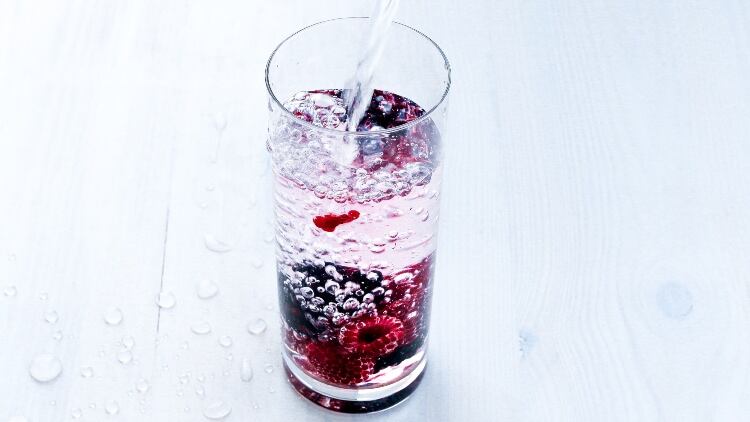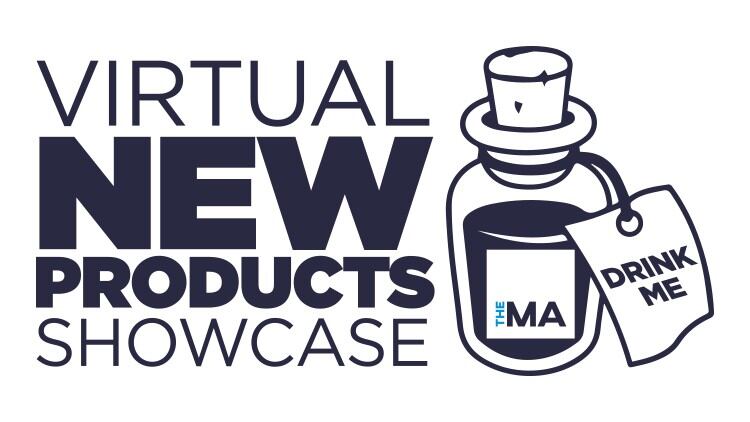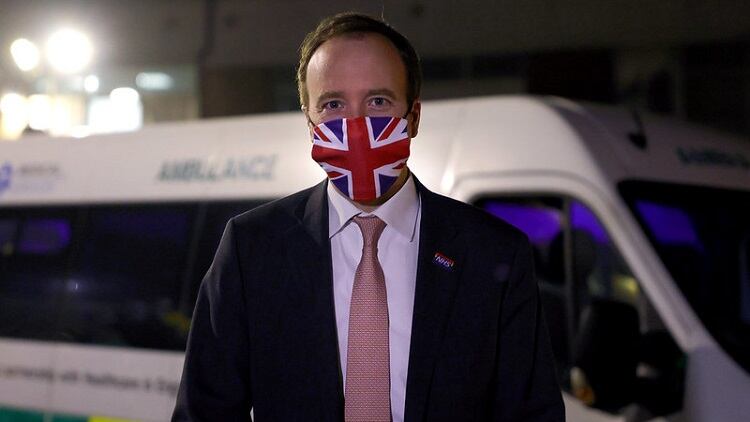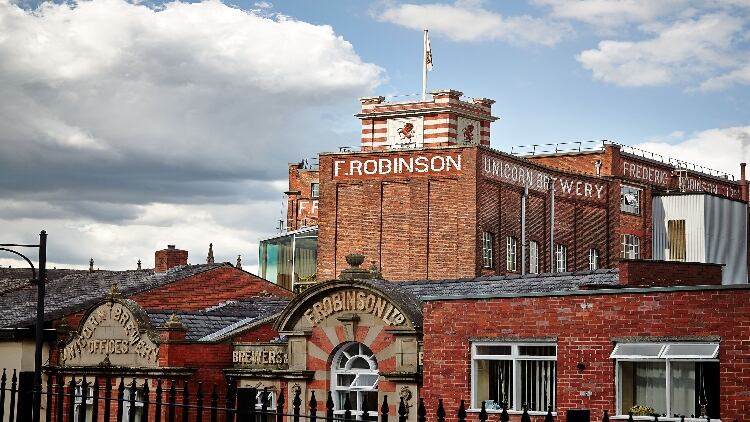Advertisement
Big on taste and flavour – low on ABV
Five years isn’t a particularly long time in brewing but it’s an eternity when it comes to alcohol-free beer.
The quality and choice available now when compared to just a few year ago is astonishing and consumer attitudes towards it have, quite rightly, been transformed too.
At the forefront of this revolution is Big Drop Brewing Co.
Big Drop launched its first beer – an alcohol-free milk stout – in 2016 and then a pale ale the following year. Both beers scooped top prizes in beer awards, including ‘World’s Best’ at the World Beer Awards (the pale ale has won it twice) and even going on to beat their full-strength rivals in blind-tastings.
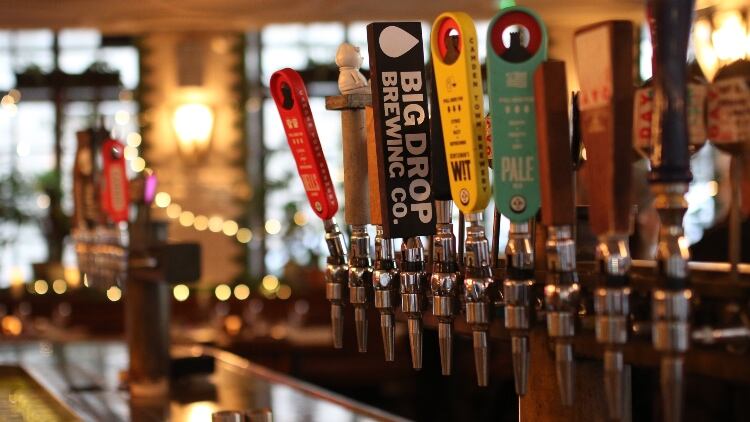
The AF-only brewer has since produced acclaimed brews spanning every type of beer – from coconut stouts to pastry sours and everything in between.
Known for having bolder, hoppier flavours, they have a reputation for thinking outside the box to brew what beer drinkers love. Its unique brew-to-strength method means that each beer goes through a full and natural fermentation cycle, yet never exceeds 0.5% abv. This means all its beers are packed with flavour and, because nothing has to be removed in the process, they don’t have to comprise on taste just because they’re alcohol-free.
This summer sees Big Drop extending its range even further – with new IPAs and a cerveza – and supporting the return to on-trade including craft beer festivals and major events such as Big Foot.
If you’re noticing your customers are ordering more alcohol-free drinks - or at least asking staff for the options available - then take a look at Big Drop. It offers bottle, can and 30 litre keg formats and has supply arrangements with all of the UK’s major wholesalers.
Shifting consumer mindsets towards healthy options and premium pours mean that pub and bar operators are going to need more firepower than a soda gun to fully cash in on lower ABV-seeking drinkers.
According to Heineken UK on-trade category and commercial strategy director, John Gemmell, by early 2020, the no and low alcohol sector was in 36% growth and worth £94m – with a 0.6% share of total beer and cider in the UK.
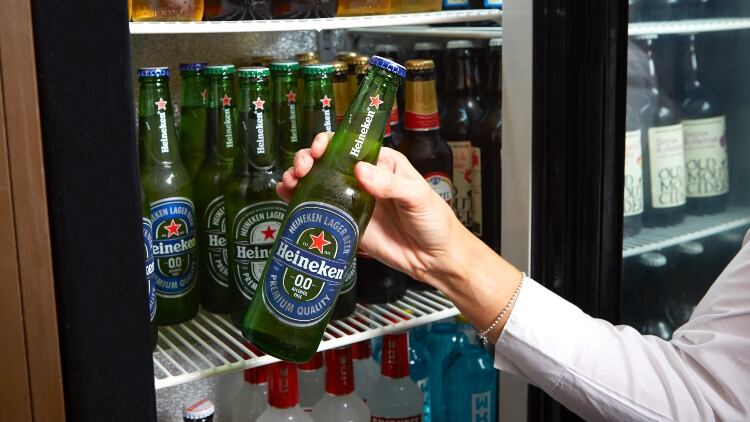
He forecasts the category’s rapid growth isn’t about to dry up anytime soon.
“Covid-19 has accelerated the moderation trend,” he tells The Morning Advertiser (MA). “With increased time being spent on health and wellness, moderation and the demand for no and low alternatives will likely continue to rise across all demographics. Now is the time to review your no and low offering and adjust your range accordingly.”
What’s more, research conducted by YouGov for the Portman Group also suggests that almost two-thirds (62.5%) of UK adults have tried low and no alcohol products with a quarter of drinkers (25%) considering themselves to be semi-regular consumers.
“As low and no alcohol drinks start to grab an increasing market share in the on-trade, there is an expectation that the growing social acceptability of the category will also have an impact,” Peter Gowans, country manager for Erdinger Alkoholfrei adds.
“The choice of low and no drinks has changed beyond recognition from even five years ago and savvy fans will be looking for quality, taste and credibility,” he continues. “Brands must have their own identity and offer a full flavoured, appetising taste.”
Targeting health-conscious consumers
According to a survey by Alcohol Change UK, one-in-three UK adults are now moderating their alcohol intake with just shy of two thirds (65%) proactively trying to lead a healthier lifestyle.
And with brands playing up their health credentials and natural ingredients to reach the growing number of health-conscious consumers, it’s very much glass half full for today's moderate drinker.
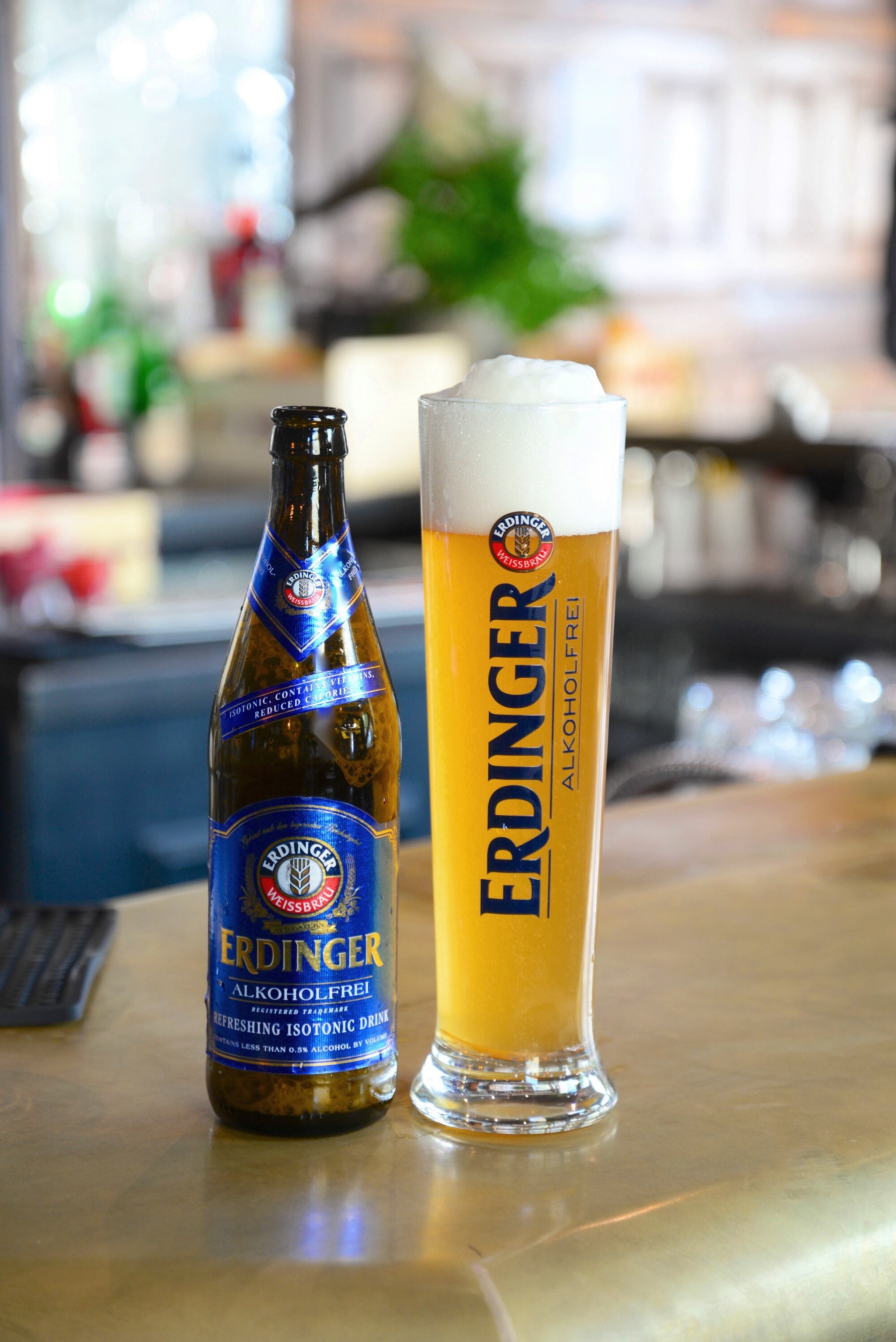
“With Erdinger Alkoholfrei, we have found that the credibility of brewing according to the Bavarian Purity Law – which allows only the pure, natural ingredients of water, malt, hops and yeast to be used to brew beer – can have a positive influence on purchasing decisions,” Erdinger Alkoholfrei’s Gowans explains.
“As the beer contains vitamins B9 and B12, which promote the normal functioning of the body’s immune system, people understand that beer can play an important part of a varied and balanced diet and a healthy lifestyle.
“We know from feedback that drinkers also recognise that the isotonic properties of Erdinger Alkoholfrei help quench thirst faster and make it equally refreshing post exercise or when relaxing in a bar,” he adds.
The founder of Gallybird Premium Tonic Water, Fiona Kemp, has also seen a spike in wellness and health awareness among consumers kickstart a move towards “clean”, natural drinking, demonstrated by the sharp growth in low or no-alcohol drink brands like Seedlip and Cedars.
“Through our research whilst developing Gallybird tonics, we saw that consumers today are increasingly demanding natural alternatives to sugar filled drinks or those sweetened using artificial sweeteners,” Kemp explains.
“International sales in sweeteners such as stevia– a plant derived and natural alternative to sugar – have surged by over 11% and is beginning to eclipse sales of artificial sweeteners such as aspartame and saccharin.”
This wellness drive also puts low and no brands in pole position to reach “modern, young consumers” who, on top of great taste, are looking for added value from drinks in the form of energy, immunity support, hydration, increased protein or cognitive enhancement, according to Crave Drinks’ Anita Rae.
“These consumers want to perform at their very best, all hours of the day, which means that there is less appetite for hangovers and sugar-highs,” she tells The MA.
“Our cocktail inspired flavours tap into the non-alcoholic trend offering our more health-conscious customers a delicious non-alcoholic option to enjoy any time of the day,” she adds.
“This combined with a unique set of natural, functional ingredients such as organic green coffee beans and vitamins B and C for immunity support offer consumers the added value they are looking for. And while delivering zero calories, sugar, and additives.”
Low and no numbers
According to mindful drinking movement Club Soda’s research report, How Brits are embracing mindful drinking – consumer behaviours on low and no alcohol drinks in the UK, if annual sales of low and no alcohol serves matched interest, the market would be worth close to £5bn in the UK.
“Changing drinking habits starts with making better choices,” Club Soda founder, Laura Willoughby, says. “Connecting people with the world of low and no-alcohol drinks is an essential part of helping people create and sustain lasting change.
“The new wave of low and no alcohol drinks has a unique part to play in evolving our social culture and supporting people to meet their health ambitions.
“This research gives us key actions to turbocharge the growth of the sector. Even with modest growth, this market could reach £5bn in annual sales.”
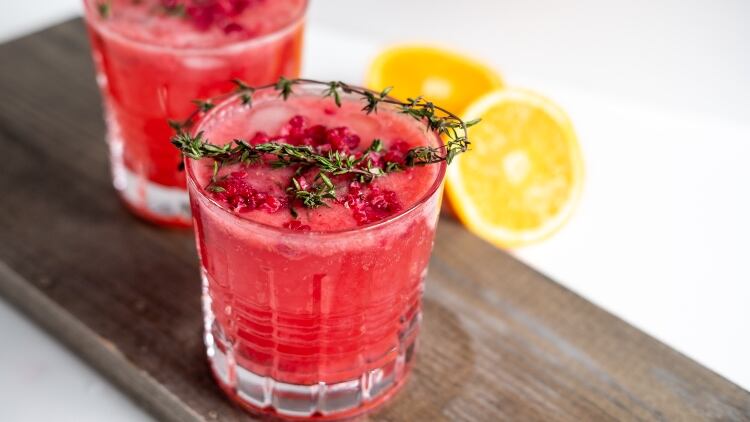
Key findings:
- Half of UK adults (49%) are either not drinking any alcohol or are planning to cut down soon – a potential market of 25m people.
- Low and no alcohol accounts for one-in-ten (10%) Google searches of alcoholic drinks, but only 1% of sales.
- Key motivators for changing drinking habits are mental health (43%), physical health (38%) and weight loss (26%).
- Close to four-in-five (88%) moderate drinkers buy and drink both alcoholic and alcohol-free drinks. Almost all of them (98%) purchase at least some low and no drinks.
- Nearly half (44%) of mindful drinkers show some brand loyalty moving from alcohol to low and no, though more than one-in-10 (12%) have not yet found an alcohol-free version of a booze brand they like.
- Wine is the most commonly searched for category of alcohol-free drink, but many former wine drinkers switch to alcohol-free beer.
- The range of drink categories people drink reduces as people change their drinking habits. The average mindful drinker drinks or used to drink products from 3.8 alcoholic categories, but only an average of 2.5 low and no categories.
- After trying low and no drinks, 90% of people say they will definitely buy them.
- Most people (93%) buy low and no alcohol drinks from supermarkets, and nearly half from online shops (48%), followed by pubs (35%), restaurants (23%) and bars (20%).
Demand for transparency
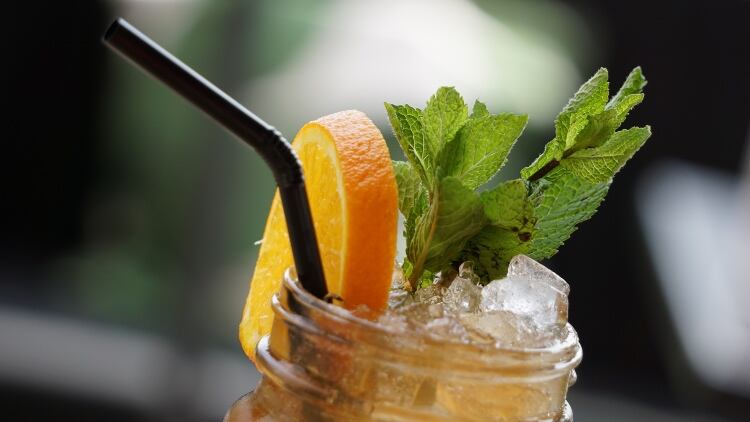
Rather than sounding a death knell for cloudy lemonades, ginger beer and apple juice, CGA data suggests that post-Covid consumers are increasingly conscious of what they are drinking – with explicit natural, ethical and wellbeing credentials more important than ever.
It also found 90% of those quizzed agreed that they would stop purchasing drinks brands that lacked transparency and that three quarters (75%) would switch to drinks brands that openly provide product information.
According to BumbleZest founder Emily Watson, today’s consumers are increasingly conscious of what is in their drinks and actively search for healthier, natural, lower sugar, lower calorie pours.
“When I was pregnant, finding a low sugar drink option at a pub was near impossible, a 'light tonic' would be low in calories but high in sugars and might contain some other nasty ingredients,” she explains.
“The rest of the soft drink options tended to be either fruit juices which are high in sugar or lemonade or cola, which taste very sweet."
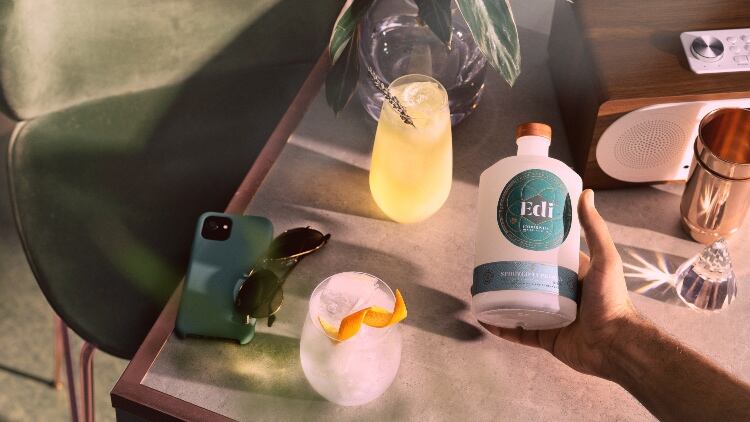
‘New ways to feel good, without intoxication’
For as long as people have enjoyed drinking, they’ve sought cures to the inevitable hangover that follows. While just about everything from a full English breakfast, a can of Irn Bru and hair of the dog have all been floated, a new spirit maker claims to have cracked the age-old question.
Alcohol-free pour, Spirited Euphoria – made from hemp and a blend of natural, active, ingredients – takes an “endorphin-led approach” to trigger feelings of pleasure and relaxation, without the downsides of alcohol, according to the founder of its parent company, the Endorphin Dealer Institute (Edi), Alexander Jakobi.
Jakobi claims that the beneficial effects of Spirited Euphoria’s blend builds over a period of time to create what its founders call the “Edi Effect” – a “feel-good” sensation.
“The days of an all or nothing approach are over,” he says. “Modern drinkers want more choice, sometimes preferring non-alcoholic drinks for certain occasions and at certain times, but not necessarily wanting to forgo that unwinding feeling.
“Put simply, we’re out to find new ways to feel good, without intoxication,” he adds.
“Alongside its functional endorphin effect offering a new way to unwind, Spirited Euphoria showcases the depth of flavour, range and variety of natural hemp – bringing an entirely new category and intriguing palette of flavours to life for bartenders and consumers.”
Offer a ‘seamless’ transition to low and no
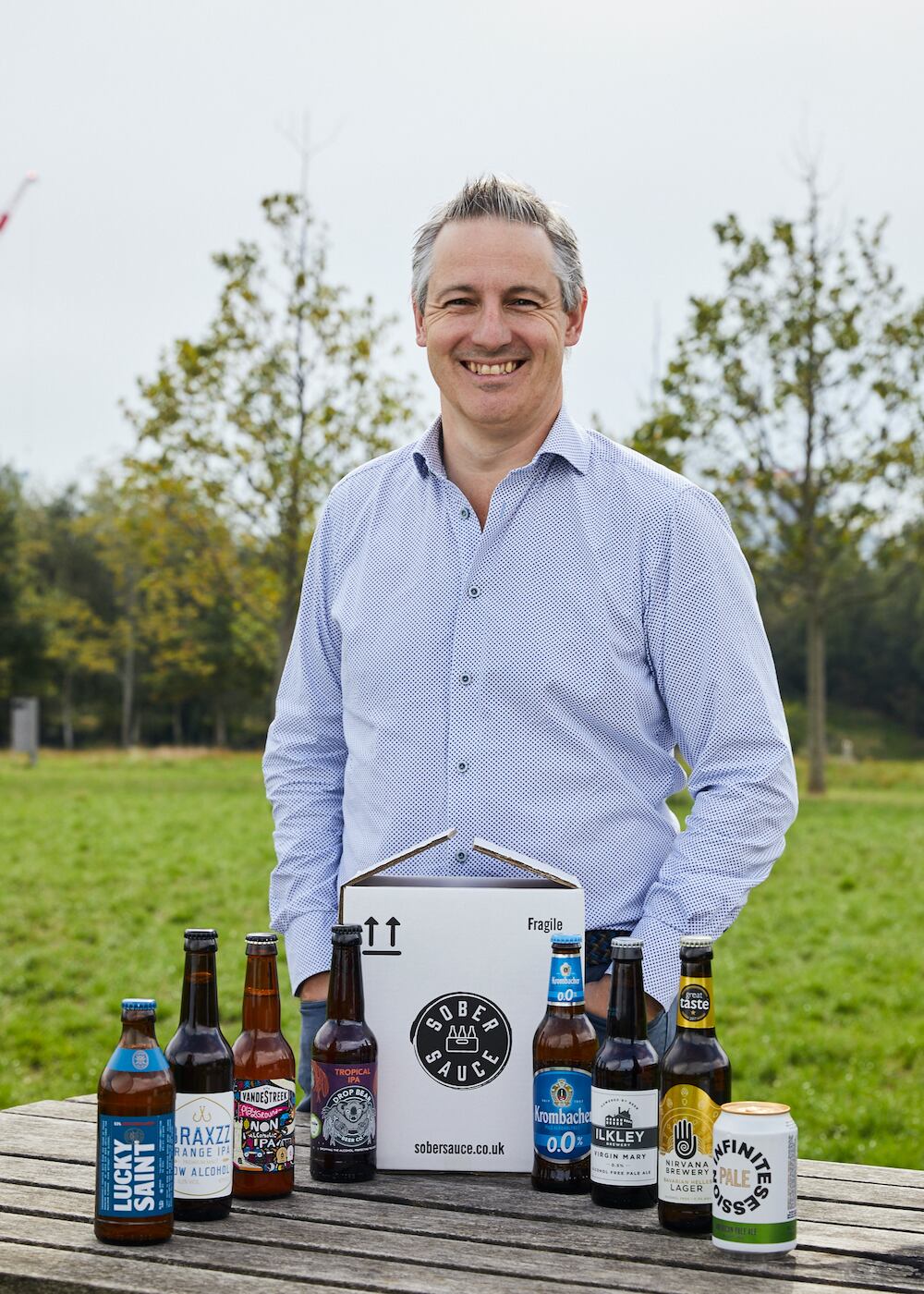
Most low and no consumers that Sobersauce founder Adam Uttley has encountered are also seeking serves that replicate the taste and experience of full-strength equivalents.
However, he explains while the product quality that exists today is already good enough to allow pubgoers to both have their pint and drink it, the lack of product awareness and availability is holding the category back.
“The no and low category overall is not a trend as such, especially not in the way that one might categorise functional drinks or seltzers,” he tells The MA. “Instead, it is catching-up with how society is changing – there is a greater focus on physical and mental health, which is much more permanent and present in our lives now and consumer behaviour is reflecting this.”
The alcohol-free beer specialist cites a “staggering” 2020 survey in which 46% of respondents stated that they would swap out their soft drink at home for alcohol-free beer and 51% would swap outside the home.
The same report also found that 49% of respondents’ in-home alcohol drinking would be replaced by an alcohol-free beer and they would also replace 35% of their drinking in other settings.
“At Sobersauce, we find our best sellers are those that meet this need and are great beers in their own right – almost indistinguishable from full strength – be that in taste, appearance, brand or can art,” Uttley adds. “Yes, some innovations exist, such as functional drinks but equivalence to full-strength is far more important to consumers.
“That doesn’t mean trying to replicate a specific beer,” he caveats. “The different brewing process makes it almost impossible to make something that tastes fantastic and tastes the same as a specific beer, adding an unnecessary burden.
“Whether non-alcoholic beer forms all, or just some, of the consumer’s drinking occasion, they want the transitions between them to be seamless,” Uttley continues. “If consumers are alternating between full strength and non-alcoholic, they want a similar flavour profile while alternating and, most likely, the bottles and cans to look and feel the same as a full-strength beer.”
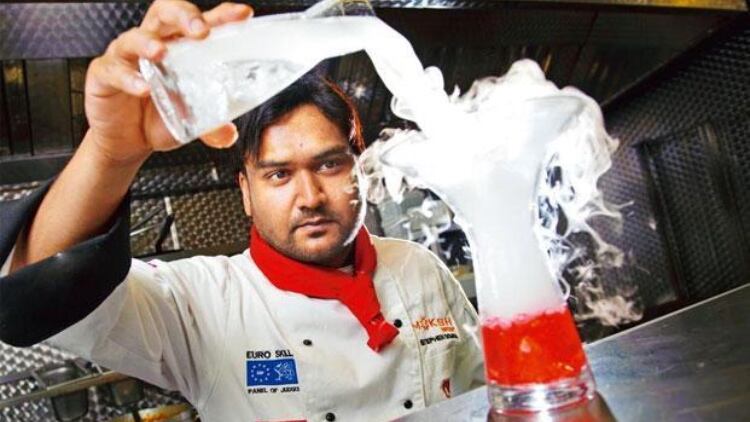
8m UK adults in the 'mocktail' mix
The Britvic Soft Drinks Review cites the CGA No/Low Alcohol Report which identifies some key factors influencing consumer selection of lower ABV products. These are:
- Taste – A third of consumers assume they will not like the taste of the low and no alternative. This can be a barrier to purchase. Male drinkers are also 55% more likely than women to want the taste of alcohol in their low and no drink. A third of low and no alcohol consumers said they had tried alternatives, either out of curiosity about the taste or they wanted to give them a chance.
- Price – 72% of consumers expect to pay less for low and no alcohol drinks than the full alcohol equivalent. Ensuring the right price point is critical for success.
- Quality – Quality must be ensured for these products to be saleable, as around 30% of consumers said they find beer, wine and spirit alternatives taste worse than the alcoholic version. Negative experiences could have detrimental, long-lasting effects on the category. Licensed operators and manufacturers can address this with simple quality cues.
The most well-established alcohol alternative category, mocktails, or non-alcoholic cocktails, attract more than 8m consumers each year. Some 59% of adults find mocktail serves appealing. Consumers are familiar with, and open to, mocktail or virgin cocktail offerings. They attract a slightly different consumer profile to mainstream cocktails, with a high proportion of parents and a skew towards males.
Nail quality, then quantity
According to Stephen Gomes, executive head chef at Essex-based restaurants DUSK and Kushi – which eschew selling alcohol in favour of a no corkage, BYOB, policy alongside a range of mocktails and low and no serves – believes the only limitation when it comes to the category is “the mixologist's imagination”.
“Clear spirits rely on the other ingredients for their taste and much of the emphasis has been on the visual presentation, anyway,” he explains.
While Gomes advocates a creative and experimental approach to low and no, he does, however, stress the importance of nailing quality before adding quantity to a drinks range.
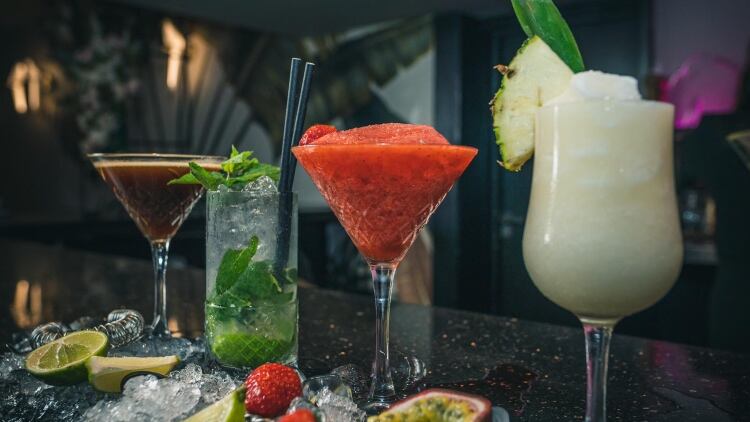
“Start with a limited number and get them right,” he says. “Promote a cocktail of the day and cocktail hour. There's more profit opportunity in mocktails than there is in tap water.”
In keeping with this, alcohol-free craft beer maker Big Drop Brewing Co’s founder and CEO, Rob Fink, adds that since the brewer produced its first non-alcoholic stout, the aim has been to assemble a portfolio boasting an alcohol-free version of any style of beer that people want to drink.
“Great tasting beer that just happens to be alcohol free,” he summaries. “We’ve gone from making 1,500 pints in 2016 to 4.4m pints this year so we’re doing something right. That’s a pint of Big Drop now being consumed every seven seconds somewhere in the world.
“At the start of this year we had some fun collaborating with other breweries to make a coconut stout, an elderflower beer, a pastry sour and a juniper rye IPA,” Fink continues. “It’s no exaggeration to say that we’ve now created in excess of 20 different styles – and, to be as inclusive as possible, we’ve been innovating ways to put vegan-friendly and gluten-free on the labels as often as we can.”
Offering this balance between quality and quantity within low and no has seen the Carlsberg Marston’s Brewing Company reap rewards according to the beer maker’s VP marketing, John Clements.
“This jump in off-trade no and low alcohol sales, driven predominately by health trends, was seen across our portfolio – from San Miguel 0,0% sales up 51.1%, Brooklyn Special Effects sales up 101.8%, to Shipyard American Low Tide seeing retail sales growth of 320.3%,” he explains. “San Miguel 0,0 also attracted 79% more shoppers in 2020 – the biggest growth in shoppers of all major alcohol-free beer brands.
“The key trends we saw in the off-trade look like they will also be moving into the on-trade as pubs and hospitality venues re-open after the crippling lockdown measures. The increase in sales for world-beer, craft and speciality non-alcoholic brands in retail mean consumers are happy and eager to explore outside the core lager category for alcohol-free alternatives.”
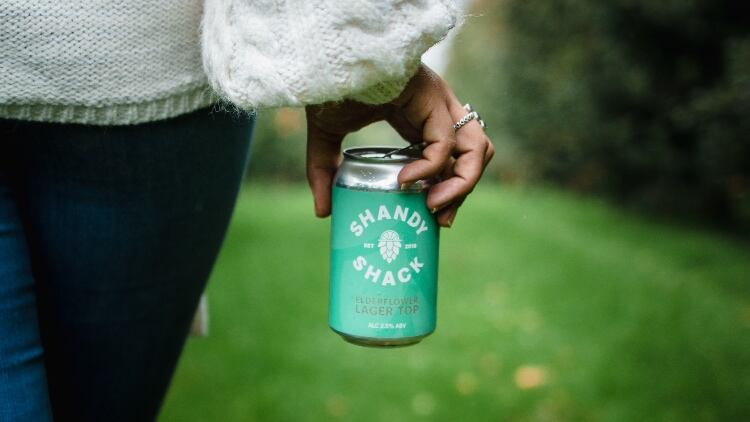
Exploring ‘cultural value’
Ed Stapleton, co-founder of Shandy Shack, acknowledges that after a dramatic shift in drinking habits and mindsets during the pandemic, the on-trade is now approaching the low and no-alcohol category with renewed “curiosity and intent”.
However, he argues that this doesn’t necessarily have to manifest itself in something completely new or left field.
“With more and more brands thinking outside of the box, and pushing the boundaries of the category, there are plenty of attractive and intriguing propositions for on-trade buyers to add to their range,” he tells The MA.
“At Shandy Shack, we are reviving a secret favourite of UK drinkers by combining craft beer principles and the preferences of the modern consumer. Shandy is a uniquely widespread sub-category in the low-alcohol space, which also possesses plenty of cultural value and entertaining stigmas.”
As such, Stapleton is out to prove that, against a well-documented backdrop of moderation, there is, in fact, “no shame in a shandy”.
“Our shandies represent contemporary interpretations of established combinations: a double dry-hopped IPA with a natural lemonade, and an elderflower pressé on top of a crisp pilsner,” he says.
“We have been fortunate to experience a significant increase in brand awareness over the last 12 months or so, building a very engaged audience through direct-to-consumer and off-trade channels, and we are now exploring expansion into the on-trade as a premium craft option for the conscious drinker.
“We’re very excited to see what happens when you put a premium-quality shandy brand on a tap badge, rather than waiting for drinkers to choose an impromptu shandy on a whim.”
Offer scope for unique and ‘perfect’ serves
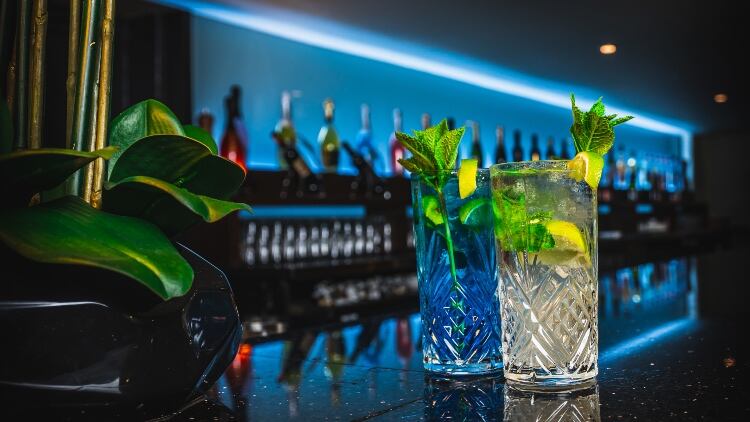
However, while premiumisation has been a standout symptom of the Covid pandemic among alcohol consumers, Crave Drinks’ Anita Ray stresses that pricing continues to be an issue in the low and no category given consumer perception that drinks of higher ABV are worth more.
“This behaviour has long historical roots where customers could only choose traditional sodas or overly sweet juices as the no and low alternatives,” she explains. “Long gone are those days of soda water and lemons, as the market is now filled with plenty of delicious high-quality products with advanced production processes and sophisticated taste-profiles.
“Now we just need to educate the consumers of the added value they are getting by choosing products from this category.”
Part of demonstrating this fairly newfound value and viability within the on-trade comes from creating or replicating premium experiences, according to Erdinger Alkoholfrei’s Peter Gowans.
“Creating the right environment, giving customers a sense of theatre and occasion is all part of generating an enjoyable experience that will help stimulate trade and make low and no alcohol drinks an appealing option,” he says. “Think perfect pour and presentation of drinks in clean, branded glassware and the most appropriate serve as a basic requirement to signal quality in both a balanced drinks menu and the hospitality visit as a whole.”
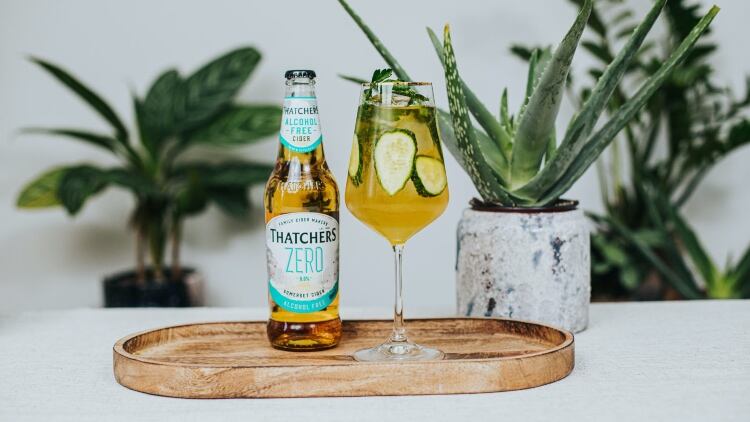
Rob Sandall, on-trade sales director at Thatchers Cider adds that he’s seen customers returning to pubs and bars happy to pay extra for quality and seeking out the treats they’ve missed while at home.
As such, the cidermaker has worked with mindful drinking platform La Maison Wellness to use its non-alcoholic option Thatchers Zero as the base for alcohol-free cocktail Green Heart and prove that the premium craze can trickle into low and no serves as well as alcoholic ones.
The Green Heart combines 20ml aloe vera juice and 20ml lime cordial with Thatchers Zero poured over ice and garnished with cucumber and a fresh parsley leaf.
Low and no not about ‘compromise’
With this in mind, Ellie Webb, founder of non-alcoholic spirit Caleño, believes that brands such as hers are shaking off the stigma that “not drinking is dull”.
“Our brand is firmly rooted in the belief that we can bring joy to not drinking and all the things people love about socialising and going out,” she tells The MA. “This shines through everything we do as a brand, from our vibrant packaging and exotic tropical ingredients to our fun, upbeat approach to marketing and campaigns.
“What’s more, Caleño comes to the category from a unique perspective – female-founded with a 80% female-led team, we’re able to authentically resonate with our audience in a category that’s currently heavily skewed towards female drinkers.”
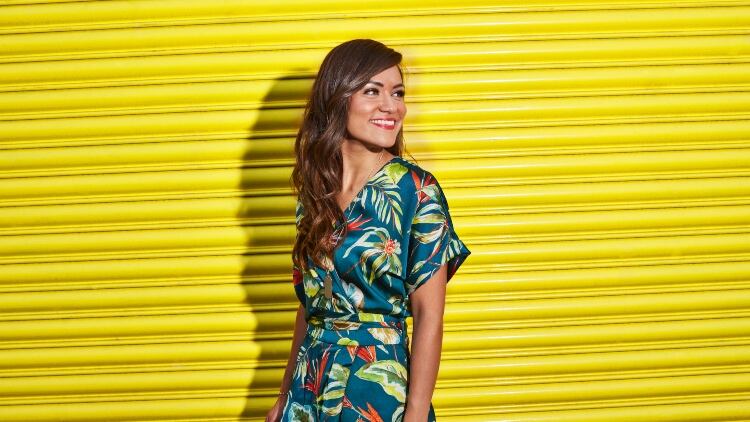
Steve Adams, founder of sugar-free, lower ABV spirit, Luxlo adds that the low and no category isn’t about compromise. “It’s about choice,” he explains.
“The flavoured gin market has boomed over the last few years but if you are actively looking to consume less alcohol, then the choice of lower ABV flavoured spirits is limited. The pink gins and citrus flavoured spirits are very popular, so we chose to create lower ABV alternatives to those and add a slightly more exotic fruit flavour to the range by using passion fruit.
“Seeing how the low and no category is emerging really shows that brands are listening to consumers, and we're excited to be a part of this trend,” he adds. “While many Millennials and Gen Z are mindful drinkers, they still want to enjoy themselves.”
Mixing your drinks
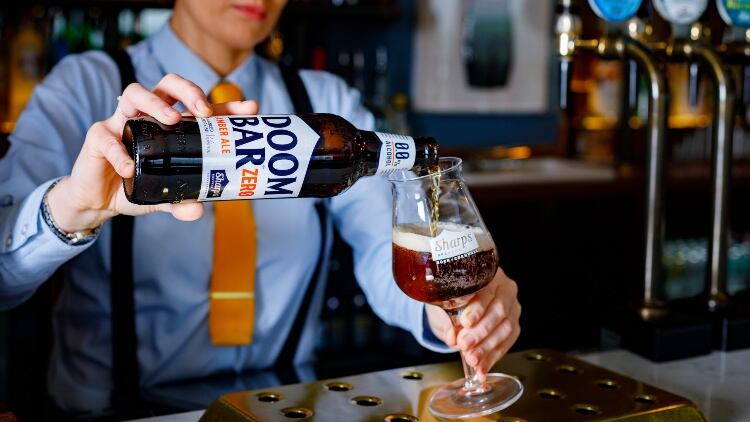
However, despite increased willingness for drinkers to swap out alcoholic drinks for low and no alternatives – and the choice of low and no drinks changing beyond recognition in recent years – Molson Coors Beverage Company’s on-trade category controller, Mark Bentley, believes that the pandemic has highlighted that the trade can’t view alcohol and low and no categories entirely in isolation.
“We see a lot of people alternating between the two in order to moderate their alcohol intake while still enjoying the full flavour and experience,” he says.
“As a result, there is an increasing expectation for outlets to have a distinct low and no-alcohol section as part of their existing alcohol range.
“This should include choice in different categories, including lager, cider and ales, to catch the eye of beer and cider fans who are looking for something different.”

